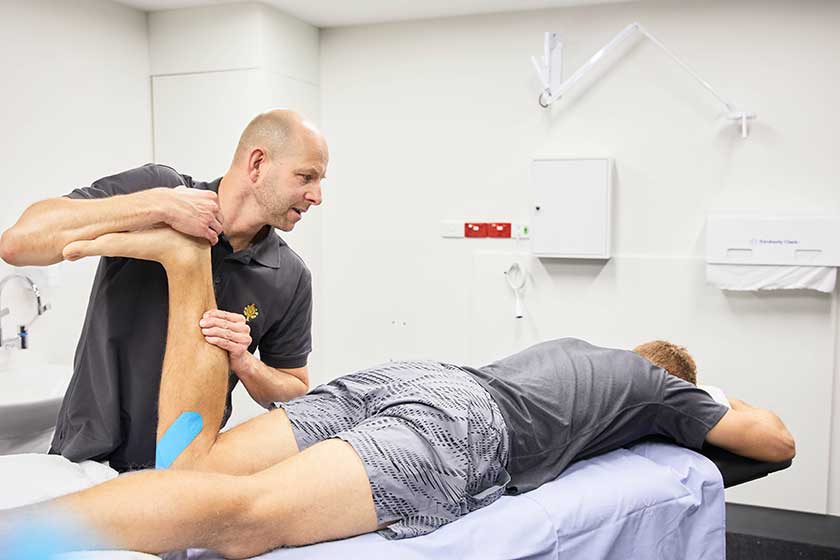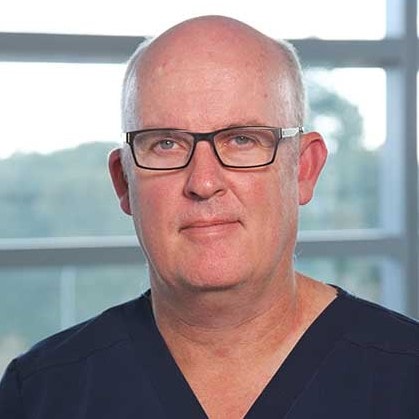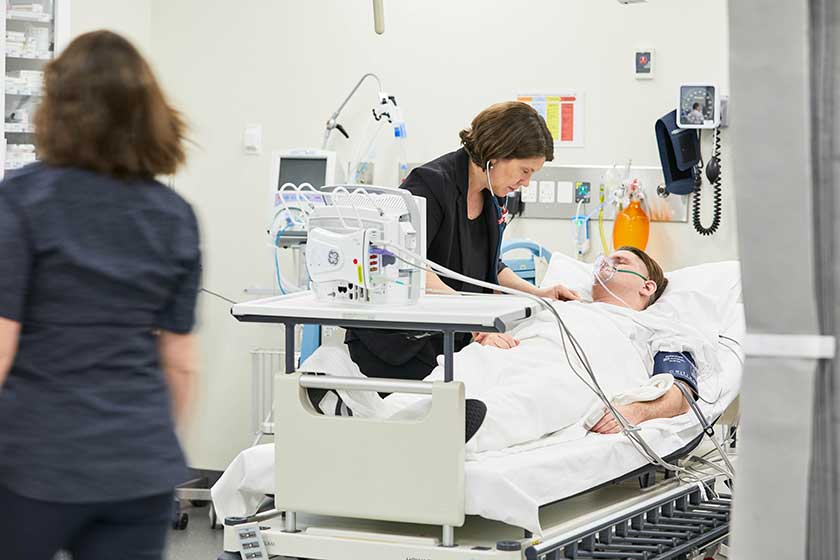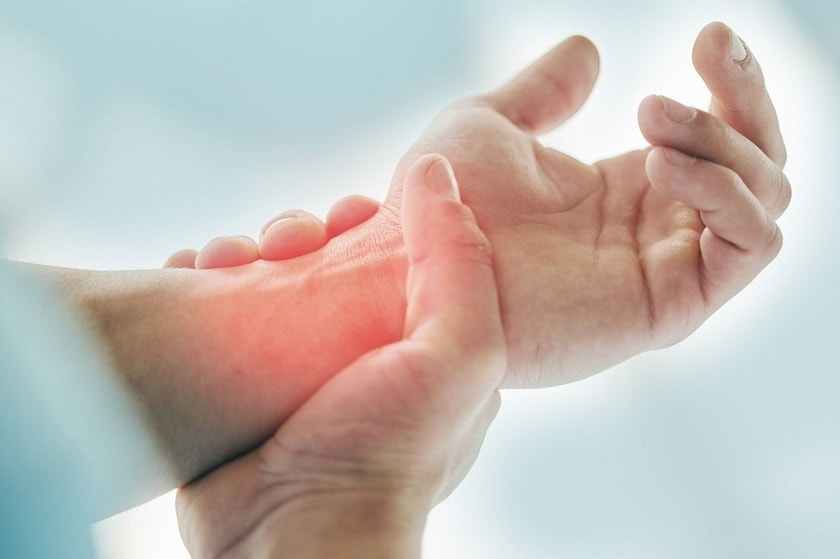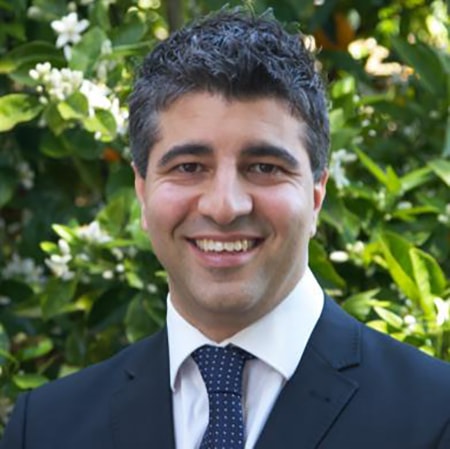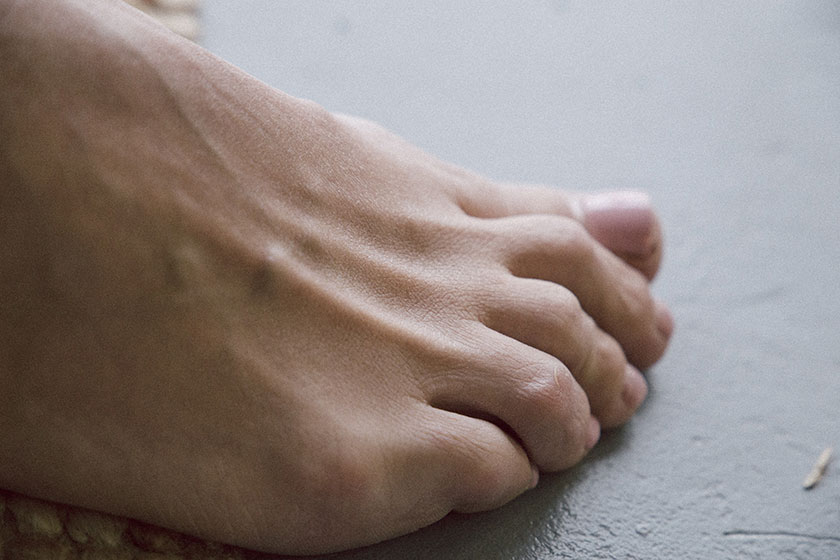Our love of sport in Australia is a defining characteristic of our culture – and it’s not just elite level sport – Aussies are great at participating in sports.
From our early primary school years until we’re elderly, our local sporting fields are full of cricketers, hockey players, netball players, footballers and tennis players on an almost continuous basis.
We’re also often found to be taking it to extremes with skydiving, surfing, canoeing and cycling.
While all this activity is great for our health, it can lead to unexpected injuries which range from near trivial to very serious.
What should you do if someone gets injured?
Here are a few tips to get you started:
Have the right equipment and training
It’s worth having a first aid kit on hand that will address the most commonly encountered injuries.
They usually include bandaids, dressings, tape, water for irrigating dirty wounds and grazes and in Australia, emergency sunscreen is a great idea.
It’s also worth doing a first aid course so you can approach these situations with confidence.
Treating sprains and strains
Whether it’s rolling your ankle at netball or falling on an outstretched hand at basketball, it’s not uncommon to feel a bit sore and beaten up at the end of a game.
The mnemonic RICE is the one to remember here – rest, ice, compression and elevation of the affected joint.
If it feels like it could be a bit worse than a normal sprain or strain, this is a situation where you might consider the need for an X-ray to ensure that nothing is broken.
Treating cuts and grazes
Most cuts and grazes can be managed by cleaning the wound and ensuring it’s kept covered until healing is well underway.
When the skin has been lacerated, for example, by a hockey stick to the chin, the key question is “does this need stitching”?
Generally, if the wound is clean, in a non-concerning location and the wound edges are close together (well-aligned), there is no need for anything other than good first aid.
If the wound is large, edges are gaping, it’s dirty or in a location where a scar would be problematic, such as on the face, then it’s probably worth having it looked at by a doctor or nurse practitioner to determine the most appropriate wound closure technique.
Options include steristrips, glue and sutures (stitches).
It’s also worth ensuring that your tetanus injections are up-to-date in the presence of a dirty wound – every five to ten years is a good rule of thumb for tetanus vaccination.
Head injuries and concussion
Head injuries and concussion can be common in contact sports, such as Australian rules football and rugby, or where you have an increase risk of falling such as horse riding and cycling.
The Australian Government recently created a new dedicated website about concussion in sport, including what to do to treat and manage concussion in athletes (whatever their skill level).
When do I go to the Emergency Department (ED)?
In general, ED is the right place to go if you think that a wound needs a closer look.
A bone could possibly be broken and needs an X-ray or something is wrong with a major joint (such as a knee injury) and needs an MRI.
You can also get a referral for further care from a doctor or orthopaedic surgeon of your choice.
Any surgical procedure carries risks. Make sure you discuss all possible risks with an appropriately qualified health practitioner.
